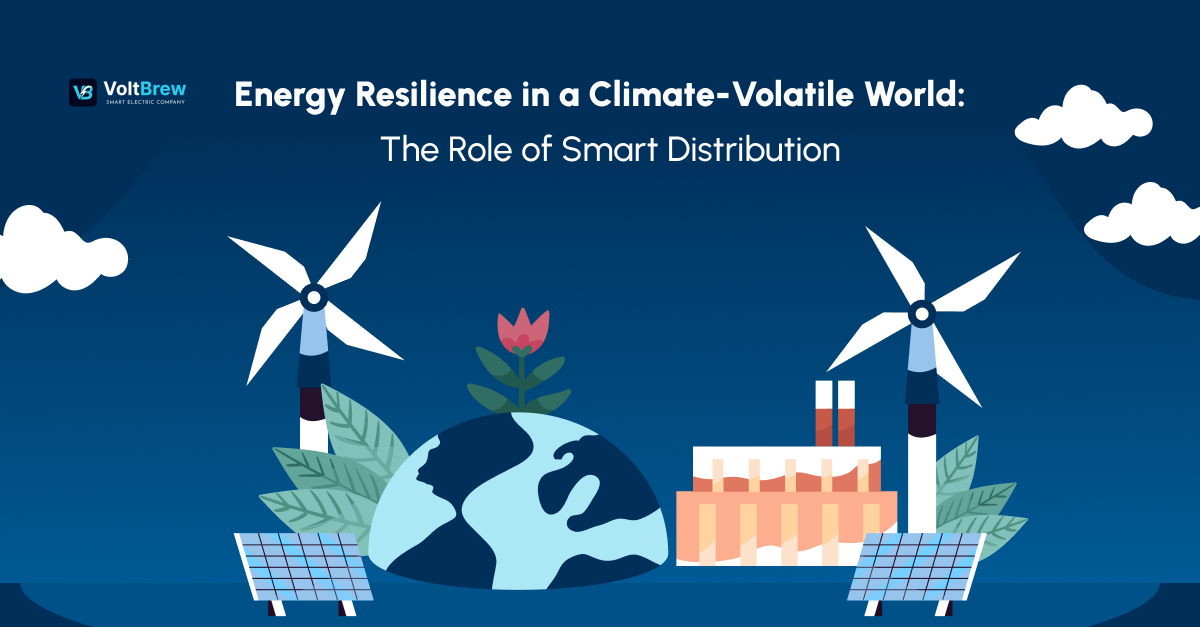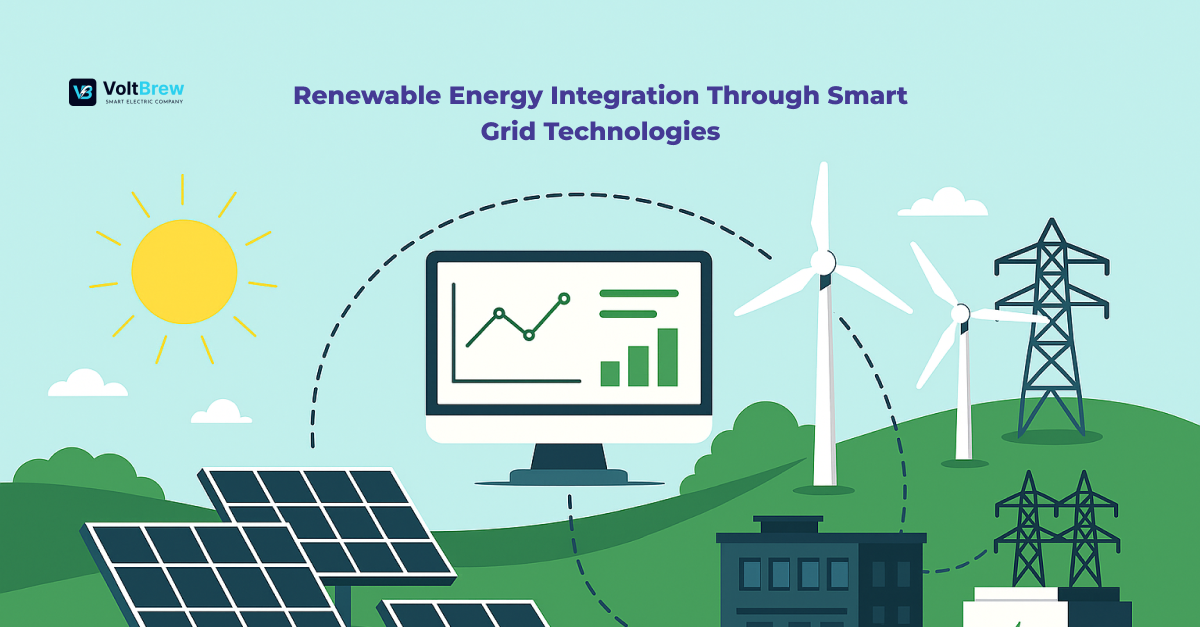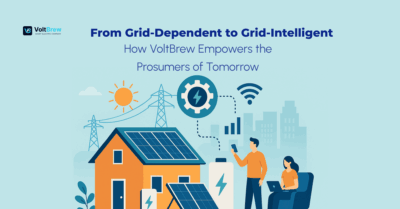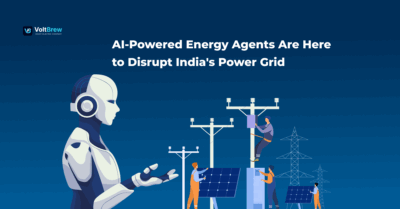Climate volatility is increasingly threatening modern power systems and steadily eroding grid reliability across the globe. Over the past two decades, extreme weather has caused most major power outages. From 2000 to 2023, weather triggered 80% of major U.S. outages, doubling in frequency and costing billions annually. Europe battles heatwaves and floods, and India endures outages from rains, cyclones, and extreme heat. As experts warn, climate change is intensifying these events, driving systemic failures. Modern power systems must now prioritize resilience as a core element of grid planning and investment—not an afterthought.
Defining Energy Resilience for the Modern Grid
Energy resilience goes beyond traditional reliability. Reliability ensures stable power in normal conditions, while resilience enables fast recovery from storms, cyberattacks, or failures. According to the U.S. Department of Energy, it’s “the ability of the grid, buildings, and communities to withstand and rapidly recover from power outages.” In practice, this means limiting the scope and duration of outages through fault isolation, power rerouting, and fast service restoration. This is increasingly vital as aging infrastructure meets more volatile weather. In the U.S., 70% of transmission lines are past mid-life, even as demand rises due to electrification and data centers. Modern power systems require forward-looking resilience strategies to safeguard both daily operations and long-term sustainability.
Building resilience means shifting from reacting to failures to proactively designing systems that anticipate and prevent them. This includes hardening physical assets (undergrounding lines, reinforcing poles, elevating substations) and also investing in smarter grid technologies. Smart distribution networks – which use digital sensors, automation and analytics – are emerging as a critical resilience enabler. By continuously monitoring grid health and dynamically reconfiguring power flows, smart distribution can mitigate faults before they cascade into blackouts. One grid executive says modern power systems must withstand severe weather upfront—not just recover afterward.
Smart Distribution: Digitalization and Automation for Resilience
The distribution grid – often the “darker” side of the network – is rapidly becoming smarter and more robust. Fueled by recent infrastructure funding (in the U.S., for instance, ~$500 billion has been earmarked for grid upgrades under IIJA) and regulatory support, utilities are rolling out advanced technologies across their feeders and substations. Key elements of this evolution include:
- Sensors and digital controls: Smart meters, line sensors and IoT devices provide real-time visibility into voltage, current and equipment status. These inputs feed into analytics platforms that detect anomalies, predict failures, and even suggest corrective action. For example, distribution automation systems can automatically open or close breakers to isolate a faulted line segment, restoring power to unaffected customers without manual intervention.
- Automated grid management: Modern Distribution Management Systems (DMS) and Outage Management Systems (OMS) use advanced software to coordinate field devices and crews. Utilities can remotely reroute power around hotspots, optimize load flows, and implement self-healing logic. This automation layer drastically cuts fault detection and restoration time, reducing outage scope.
- Digital twin and analytics: High-fidelity models of the distribution network (digital twins) allow operators to run “what-if” simulations of storm impacts or cyber-attacks. Combined with AI/ML, these tools help forecast weak points and prioritize upgrades. As one industry analyst notes, digitalization on distribution grids can “enhance resilience, improve reliability [and] better integrate renewable generation sources.”
- Edge intelligence: Pushing intelligence to the grid edge – at local substations or even behind-the-meter devices – empowers faster decision-making. “Grid edge intelligence” means distributed controllers and software agents that “provide more visibility and control than ever before.” For instance, an edge AI system at a neighborhood substation could autonomously balance local loads, detect a voltage sag, and dispatch nearby DERs without waiting for centralized commands. This low-latency, localized control loop is especially valuable during fast-moving emergencies.
Through this digital transformation, modern power systems become more responsive, adaptive, and prepared—not only for outages, but also for everyday efficiency gains.
The Role of DERs, Demand Flexibility, and Local Intelligence
A key pillar of resilient distribution is the integration of distributed energy resources (DERs) – small-scale generators and storage sited close to load. Unlike the old model of centralized generation, DERs such as rooftop solar, community batteries and even electric vehicles turn every home or factory into a potential grid asset. These resources add resilience in several ways:
- Localized generation: During normal operations, DERs supply local load, reducing stress on long transmission lines. During emergencies, they can keep the lights on even if the main grid goes down.
- Microgrid formation: A cluster of DERs and loads can form a microgrid, which maintains service to critical loads during broader failures—especially useful in wildfire zones or remote areas.
- Demand response and flexibility: Smart thermostats, industrial controls, and EV chargers can be coordinated to reduce or shift load, acting like a virtual power plant during peak stress.
- Virtual power plants and orchestration: Software platforms that aggregate DERs—like VoltBrew—enable grid operators to control demand and supply dynamically across many distributed devices.
This coordinated use of edge intelligence and DERs is essential to how modern power systems maintain service in a changing climate.
Global Case Studies: Extreme Events and Grid Responses
North America: Hurricanes like Ida and Sandy, and the Texas winter storm in 2021, exposed vulnerabilities in traditional grid setups. Yet states investing in digital distribution and DER platforms are seeing faster recoveries and fewer cascading failures.
Europe: Spain and Portugal’s April 2025 blackout revealed risks even in renewable-rich, well-connected systems. The EU now prioritizes adaptive technologies, smarter substations, and regional interconnections to bolster grid resilience.
India: Events like Cyclone Hudhud (2014) and severe monsoons show how climate extremes can decimate legacy infrastructure. India’s ongoing rollout of microgrids, mobile outage detection, and smart control pilots reflects a shift toward building modern power systems with local intelligence and adaptive controls.
Where smart controls and DERs are deployed, recovery is faster and more stable—proving that resilient, distributed, and intelligent systems are the way forward.
Looking Ahead: Building Tomorrow’s Resilient Grids
The climate trends are undeniable—and so is the urgency. A resilient, smart distribution network is no longer optional. Modern power systems must be built with resilience as a first principle. Stakeholders must act across four fronts:
- Regulators: Mandate resilience-based planning, fund digital upgrades, and integrate climate scenarios into long-term grid models.
- Utilities: Modernize distribution lines, deploy automation and real-time monitoring, and embrace decentralized operating models.
- Tech Providers and Investors: Build platforms that integrate DERs, edge intelligence, and predictive analytics securely and scalably.
- All Stakeholders: Share data, collaborate on standards, and educate the public about resilience’s benefits.
By embracing smart distribution—digitized, decentralized, and DER-enabled—we can ensure that modern power systems don’t just survive future shocks, but thrive through them. The time to act is now.





